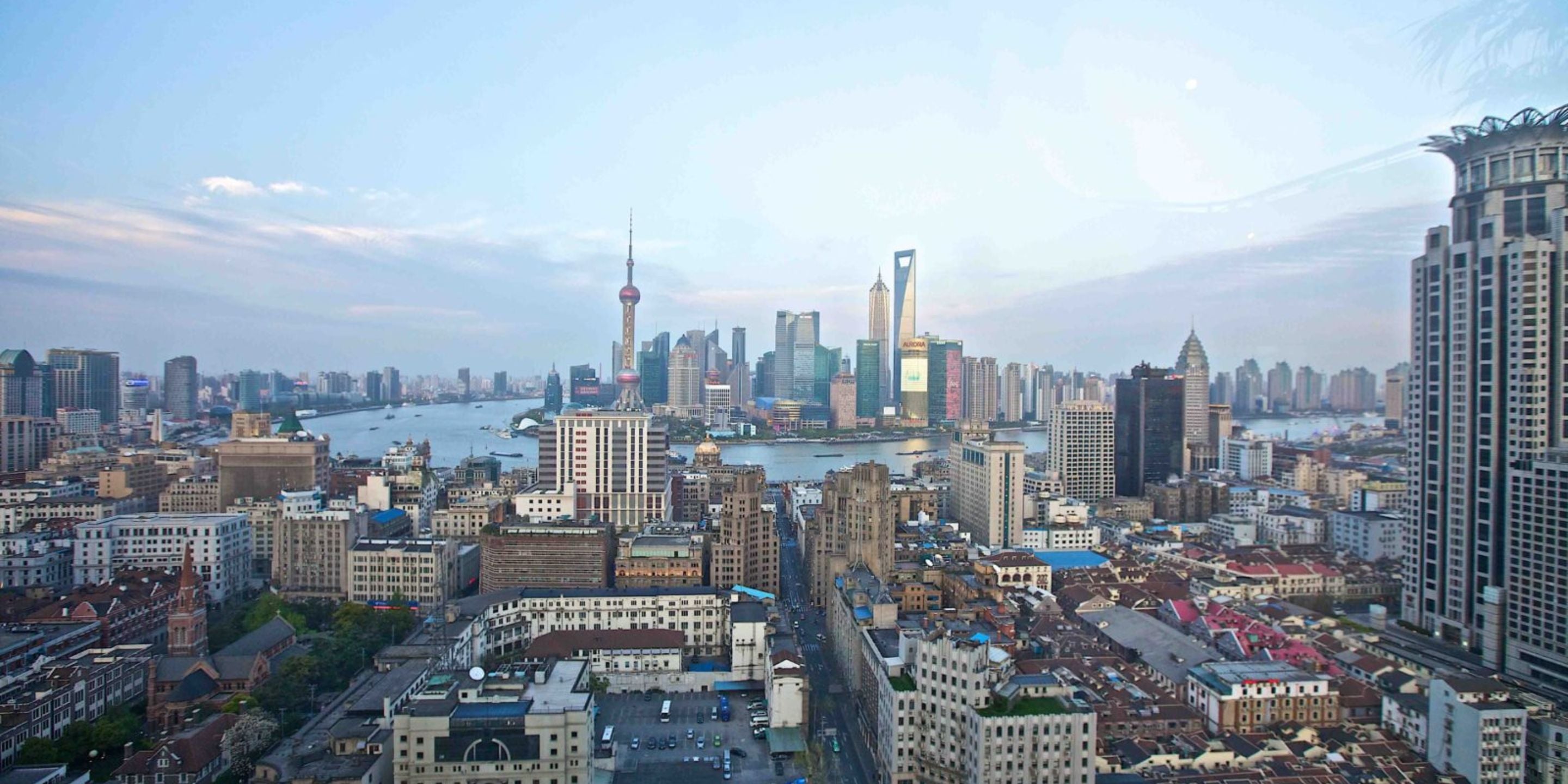China’s steel exports could fall further this year in line with domestic demand, and the iron ore derivatives market is expected to grow.
Environment-driven policy has been affecting China’s steel output, forcing capacity cuts at some mills and driving total production and exports down. Steel exports fell by 30.5pc year on year to 75.43mn t in 2017, showing the combined effect of higher domestic prices and lower production. It remains to be seen, but some in the market think that this effect is likely to continue.
Environmental controls aimed at reducing air pollution have reduced the amount of lower-grade iron ore available from domestic mines, negatively affecting smaller steel mills with business models featuring the use of cheaper ores. This effect has increased the profitability of the bigger steel producers, as prices for ore and metallurgical coal have fallen in line with lower overall demand.
China’s steel production is expected by some industry insiders to be higher this year than last year as producers recover from the effects of the supply side reforms, but domestic demand is likely to rise further. This higher demand is expected to be driven by increased activity in sectors including manufacturing, shipbuilding, real estate and public infrastructure.
Upstream evolution
While the steel market has been reorganising itself to adapt to changing policy, there are signs that the iron ore market could also be set for change. The iron ore derivatives market serving east Asia has grown prodigiously over the last 10 years, from a standing start to the current situation in which paper trade comfortably exceeds physical trade.
The development of markets for iron ore futures and exchange-cleared swaps has been a great success, but the present situation is still far behind derivatives trade in, for instance, crude oil and other highly liquid markets, where paper trade exceeds physical trade many times over. One of the key themes at the recent SGX Iron Ore Week conference in Singapore was that the iron ore paper market is now a serious business with growing liquidity, but that it is at a turning point that must be addressed if further growth is to be delivered. It is felt by some participants that this further growth will demand greater market sophistication and diversity.
The key iron ore paper markets are the Singapore Exchange (SGX) and China’s Dalian Commodity Exchange (DCE). Both exchanges have seen considerable growth in the liquidity of their respective iron ore products, and it is likely that more growth is on the way.
In the case of the SGX, some market participants believe that its iron ore products have come close to their limits for growth, and that it is time for the exchange to introduce new products. These new products could include a benchmark for higher-grade iron ore. The current benchmark is for ore with 62pc iron content, but Chinese steel mills’ increasing use of 65pc ore could present an opportunity to launch a contract with a higher quality specification.
The DCE announced in May that non-Chinese businesses are now able to trade without the need for a Chinese-domiciled company. This change, which is clearly something that could increase liquidity by attracting high-frequency operations and hedge funds, is also likely to deliver the same effect for the SGX, as international paper trading operations will be able to work arbitrages between the two exchanges’ products. Comments from the market suggest that iron ore paper trade in east Asia is ready to move up an octave, and that the internationalisation of the DCE is likely to be a key trigger for this next phase of evolution.

